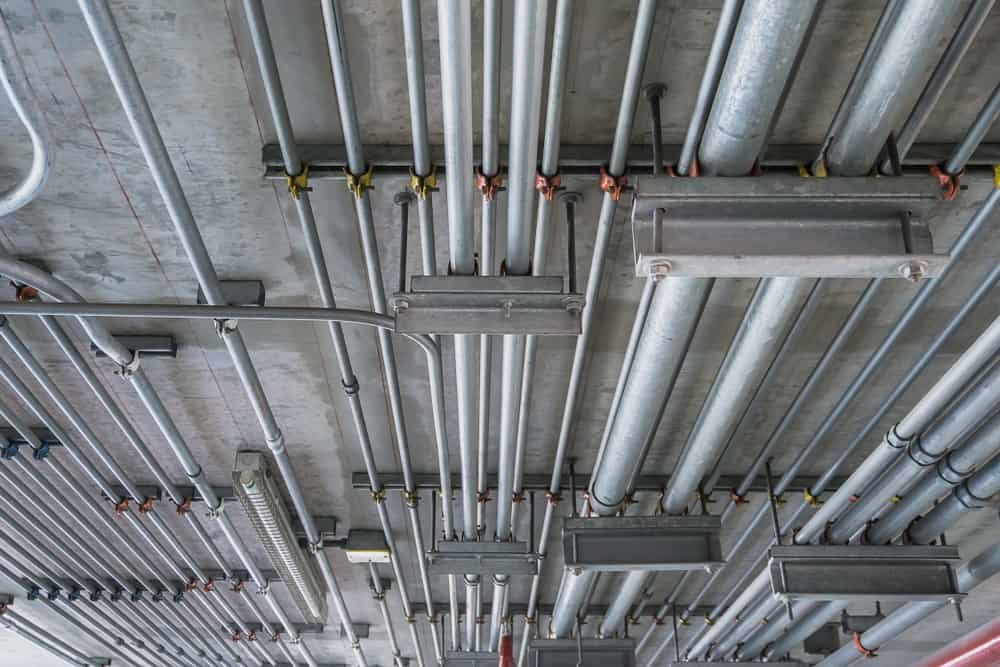O que significa EMT em Elétrica?
O que significa EMT em Elétrica?
Electrical Metallic Tubing (EMT) é um tipo de conduíte usado para proteger e rotear fiação elétrica em edifícios e outras estruturas. EMT é um componente importante em instalações elétricas e é importante entender o que EMT significa em elétrica. Neste artigo, forneceremos uma visão geral de EMT, seus tipos, vantagens, aplicações, requisitos de código e dicas de instalação e manutenção.
Definição de EMT EMT significa Electrical Metallic Tubing. É um conduíte metálico de parede fina feito de aço ou alumínio. EMT é comumente usado em instalações elétricas para proteger e rotear fios elétricos de um ponto a outro.
Tipos de EMT Existem dois tipos de EMT – metálico e não metálico. O EMT metálico é feito de aço ou alumínio, enquanto o EMT não metálico é feito de PVC ou outros materiais.
Vantagens do EMT O EMT tem várias vantagens sobre outros tipos de conduíte. É durável, fácil de trabalhar e econômico. O EMT pode suportar temperaturas extremas e resistir à corrosão, tornando-o ideal para uso em ambientes severos.
Aplicações de EMT A EMT pode ser usada em uma ampla variedade de aplicações, incluindo instalações internas e externas. Ela é comumente usada em edifícios comerciais e residenciais, bem como em ambientes industriais. A EMT é frequentemente usada para trabalhos elétricos expostos onde a aparência é importante, como em restaurantes ou outros espaços públicos.
Requisitos de código para EMT Os códigos e padrões elétricos exigem que o EMT seja instalado e mantido de uma certa maneira para garantir segurança e confiabilidade. Por exemplo, o EMT deve ser devidamente aterrado e conectado para reduzir o risco de choque elétrico. O não cumprimento dos requisitos do código pode resultar em multas ou outras penalidades.
Instalação e Manutenção de EMT A instalação adequada de EMT é essencial para segurança e confiabilidade. É importante seguir as instruções do fabricante e os códigos elétricos aplicáveis ao instalar EMT. A manutenção de EMT inclui a inspeção de danos, como amassados ou corrosão, e o reparo ou substituição de seções danificadas.
Conclusão EMT é um tipo de conduíte comumente usado em instalações elétricas. É importante entender o que EMT significa em elétrica e seus vários tipos, vantagens, aplicações, requisitos de código e dicas de instalação e manutenção. Seguindo as melhores práticas e cumprindo os códigos e padrões aplicáveis, você pode garantir que suas instalações elétricas sejam seguras e confiáveis.
O que significa EMT em Elétrica? Ler mais »

